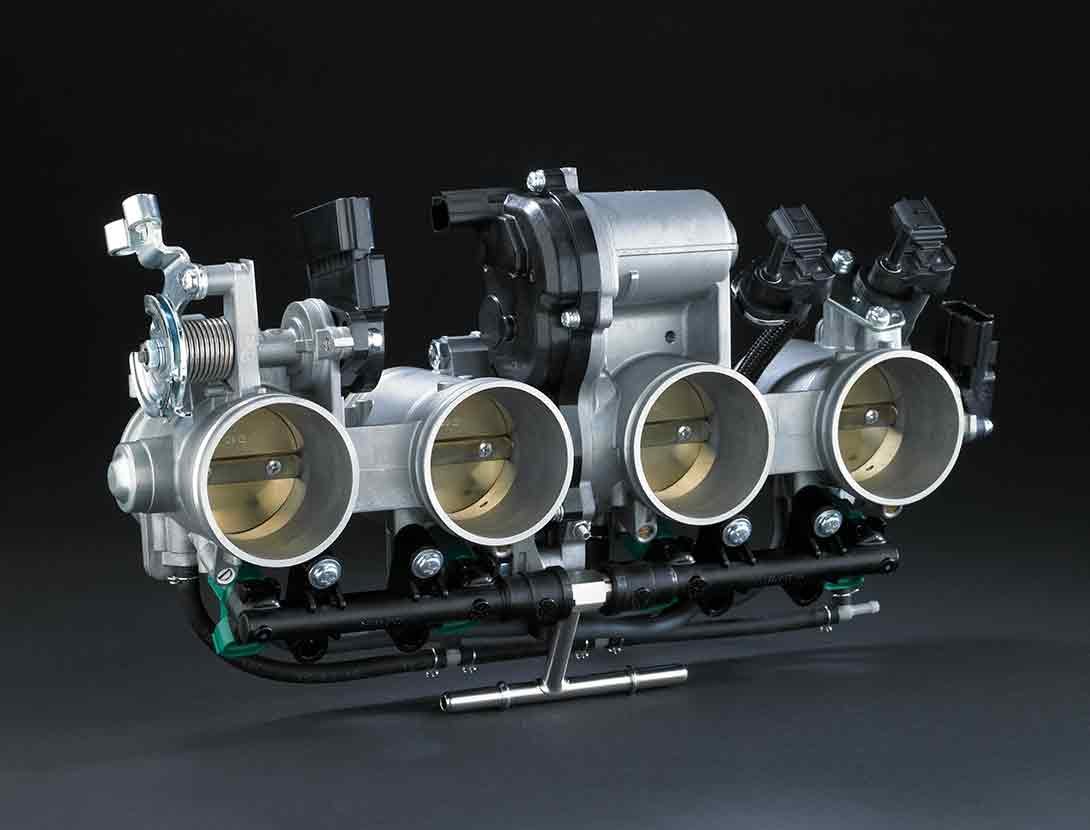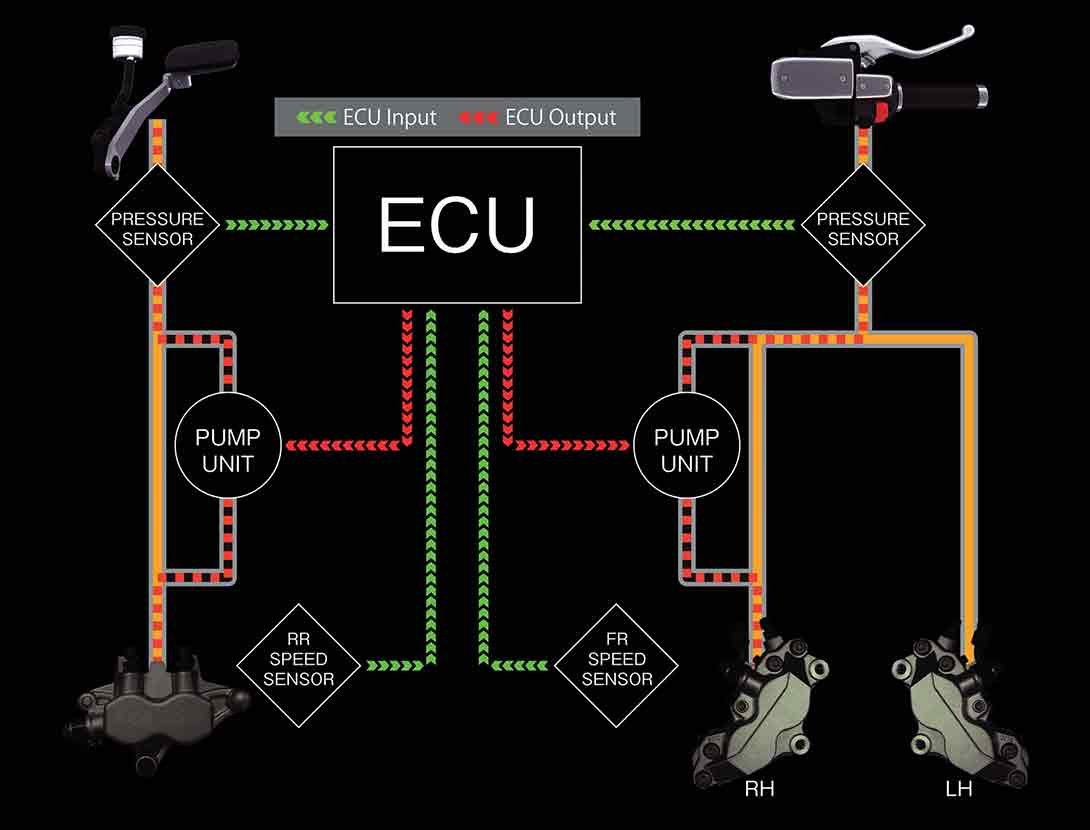Comparing price? GET YOUR EXACT PRE-TAX PRICE AND OUT THE DOOR PRICE BEFORE YOU MAKE THE NEXT CALL. Understanding the facts prior to making your purchase will set your mind at ease.








2025 Kawasaki VULCAN 1700 VAQUERO
| It may look like a custom V-twin bagger, but the Vulcan 1700 Vaquero cruiser is in a class of its own. A roaring 1,700cc engine featuring advanced Kawasaki technology offers a smooth, reassuring ride. The blacked-out engine, distinct styling and select chrome accents create a unique and bold appearance. |
FEATURING:
|
ADDITIONAL VEHICLE FEATURES:
|
Engine Management Technology
ELECTRONIC THROTTLE VALVES
|
ELECTRONIC CRUISE CONTROLElectronic Cruise Control allows a desired speed (engine rpm) to be maintained with the simple press of a button. Once activated, the rider does not have to constantly apply the throttle. This reduces stress on the right hand when traveling long distances, enabling relaxed cruising and contributing to a high level of riding comfort. |
|






 Chassis Management Technology
Chassis Management Technology


